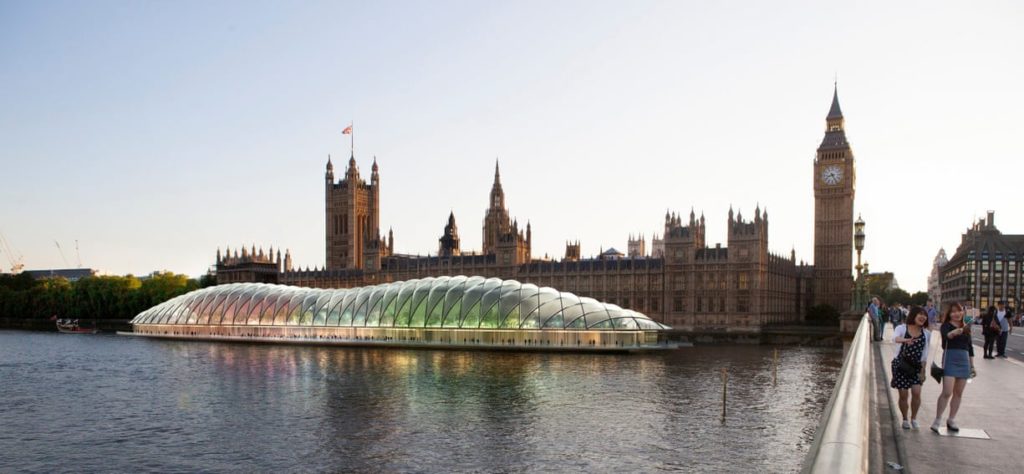
Beyond the toxic imbroglio of Brexit and the unedifying psychodrama of the Tory leadership contest, something is deeply rotten in the “mother of parliaments”. The recent spectacle of a Commons sitting being suspended because of foetid water pouring into the chamber was just the latest and most televisual manifestation of problems with the ageing fabric of Britain’s creaking ship of state. Dating from the mid-19th century, with some parts considerably older, the Palace of Westminster has now reached the point where a £4bn programme of remedial action is required to make it remotely fit for purpose. Corrupted by decades of air pollution, its blackened Anston stone is now crumbling like feta cheese. Roofs leak, asbestos runs stealthily through its veins, vermin scuttle with impunity and antiquated Victorian plumbing cannot cope with modern volumes of water and sewage. Images of Notre Dame being apocalyptically consumed by flames must have induced queasiness in the members of the fire safety teams who patrol Westminster’s labyrinthine corridors every hour of every day, ready to stave off incipient catastrophe.
Fire is a recurring theme of parliamentary history. Both Charles Barry and Augustus Pugin, architects of the present building, were on hand to witness the conflagration of October 1834 which more or less destroyed its predecessor, giving them the opportunity to remodel Britain’s legislature as a fussy, frivolous neo-gothic wedding cake. “C’est un rêve en pierre” – a dream in stone – Nicholas I of Russia is said to have remarked, and Monet spent hours immortalising its many moods. Incorporating actual medieval structures, such as the surviving Westminster Hall, it represented the apotheosis of gothic as the dominant national style, classicism being fatally associated in the popular patriotic mind with the anarchy of revolutionary France. More royal residence than democratic legislature, the building was instantly antique, its lavishly ornamented interior groaning with allusions to royalty, aristocracy and chivalry. Reflecting Victorian political and social structures, however, it was expressly conceived for the use of a privileged ruling elite. Universal suffrage would not be achieved until 1928 [...]
[...]The dilemma of what to do with tottering parliament buildings is by no means confined to Britain. Austria, Finland and the Netherlands are currently grappling with similar issues, but their experiences cannot match either the level of expense or intensity of feeling engulfing Westminster. Going further back, one conspicuous exemplar is the 1999 reconstruction of the former Reichstag in Berlin to accommodate Germany’s parliament following unification. In an extraordinary act of patronage unthinkable here, leading British architect Norman Foster was selected for the remodelling. Foster squared up to the building’s carcass with characteristic technocratic bombast, but it is the more intimate details, such as the graffiti scrawled on the walls by victorious Russian soldiers and now preserved for posterity, that speak most eloquently of the building and its contested place in German history.
Read more: Temporary House of Commons: another rotten parliament?
comments